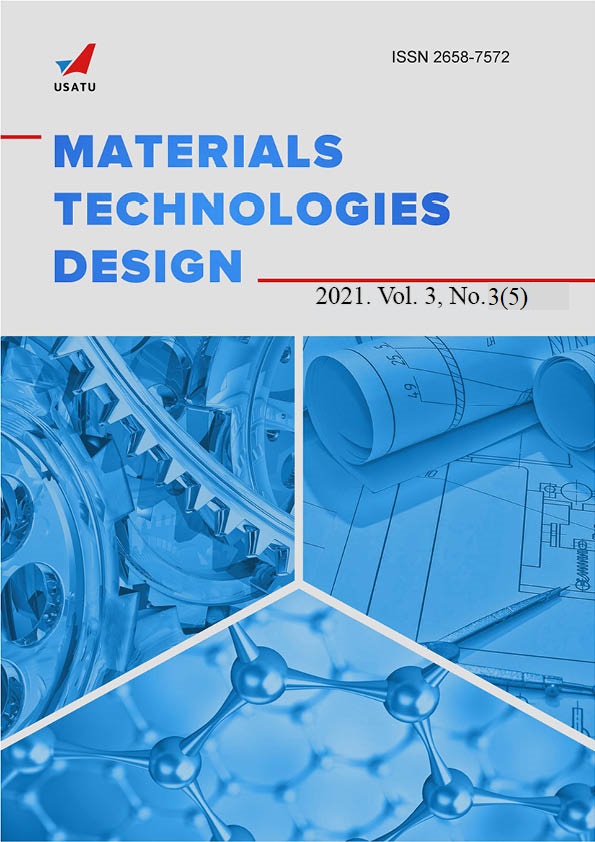Hybrid organic materials for modeling the biocompatibility of metal implants
DOI:
https://doi.org/10.54708/26587572_2021_33517Keywords:
Bisphosphonates; oligopeptides; hyaluronic acid; titanium implants; antimicrobial coating.Abstract
High biocompatibility of metal implants can be achieved by creating the organic layers that should have a high affinity to the metal surface, be non-toxic, prevent the adsorption of non-specific proteins, and also contain various ligands that improve adhesion, proliferation, and differentiation of cells, exhibit anti-inflammatory and antimicrobial properties. Modern trends in the development of such coatings imply the design of relatively complex multifunctional structures. The report represents the results on the synthesis of bisphosphonic acid derivatives, including natural polysaccharides and RGD-oligopeptide. The compounds were applied for the Ti surface modified by plasma electrolytic oxidation (PEO). In vitro studies of cell adhesion and proliferation showed that this approach is promising for effective modeling of the biological properties of the surface of metal implants.Downloads
Published
2021-23-09
How to Cite
Парфенова, Л. В., Галимшина, З. Р., Гильфанова, Г. У., Алибаева, Э. И., Парфенов, Е. В., & Валиев, Р. З. (2021). Hybrid organic materials for modeling the biocompatibility of metal implants. Materials. Technologies. Design., 3(3(5), 17–22. https://doi.org/10.54708/26587572_2021_33517
Issue
Section
Articles

